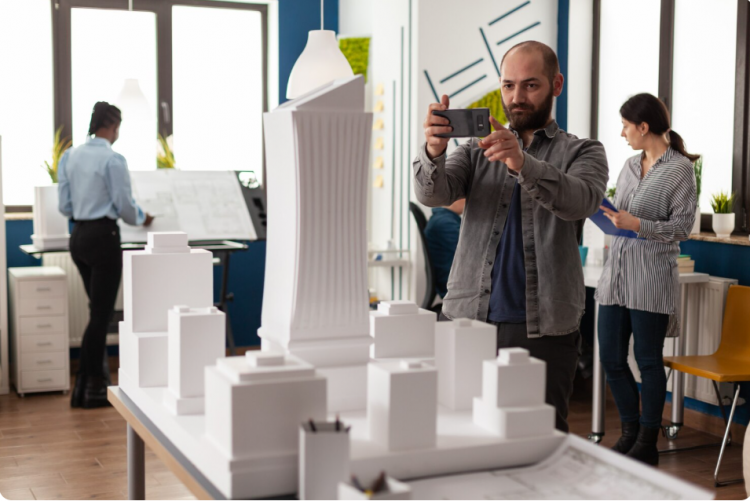The Philippines is experiencing rapid urban transformation, with cities evolving to meet the needs of a new generation of residents. This shift is not just about taller buildings or modern roads—it’s about rethinking how communities function and how people live within them.
The Rise of Vertical Living
As land in major cities becomes increasingly scarce, vertical living has emerged as the practical solution. High-rise residences allow more people to live closer to business districts, schools, and cultural hubs, reducing travel times while enhancing convenience. This trend reflects how urban centers are adapting to population growth without sacrificing quality of life.
Lifestyle-Oriented Developments
New developments in the country emphasize more than just shelter. They are being designed with integrated amenities such as fitness centers, co-working spaces, landscaped gardens, and leisure areas. These additions reflect the changing expectations of homeowners, who now view their living spaces as places that support both productivity and relaxation.
Wellness and Sustainability
Modern communities are also paying attention to wellness and environmental responsibility. From natural ventilation and green spaces to energy-efficient construction, there’s a growing recognition that sustainable living is no longer optional—it’s essential. These features not only make homes healthier but also add long-term value for residents.
A Market in Motion
The demand for thoughtfully designed residences continues to rise as the real estate Philippines market grows more sophisticated. With a focus on design, location, and quality, these properties are shaping a new standard for modern living—one that blends functionality with elegance and creates lasting value for future generations.








